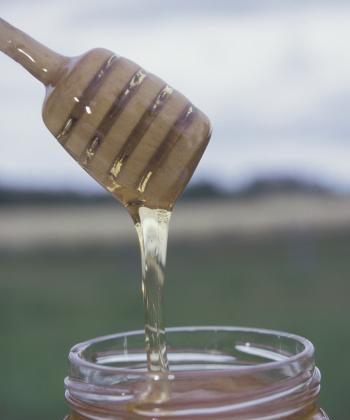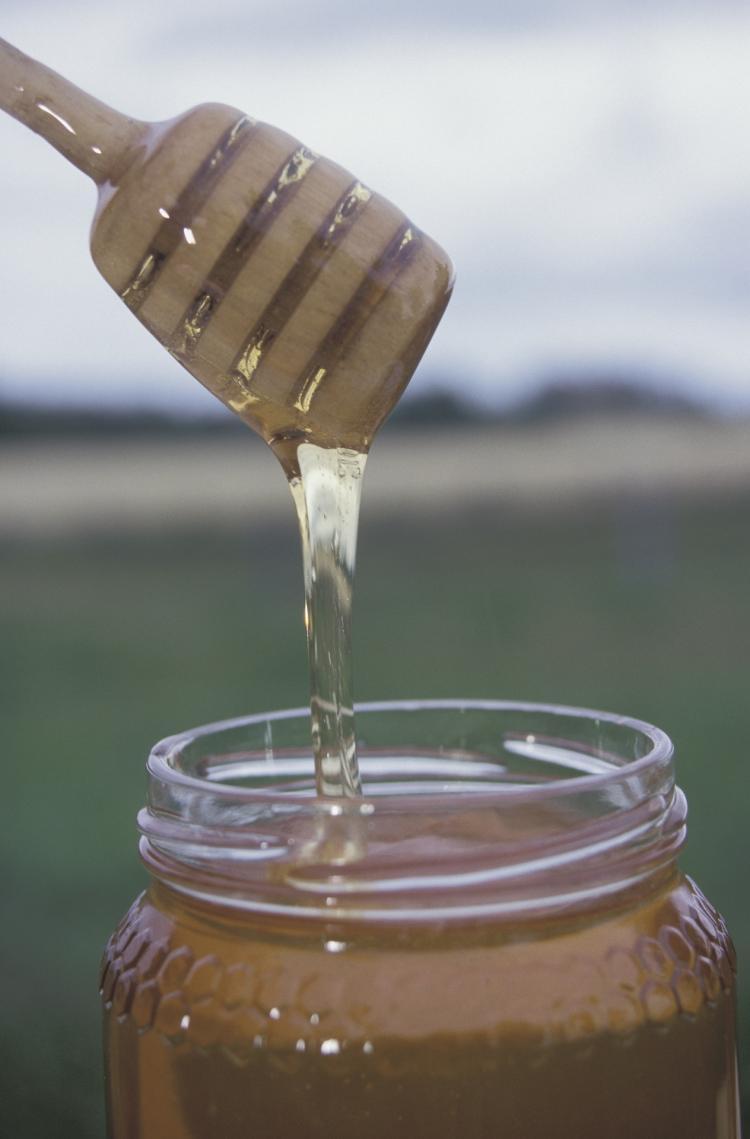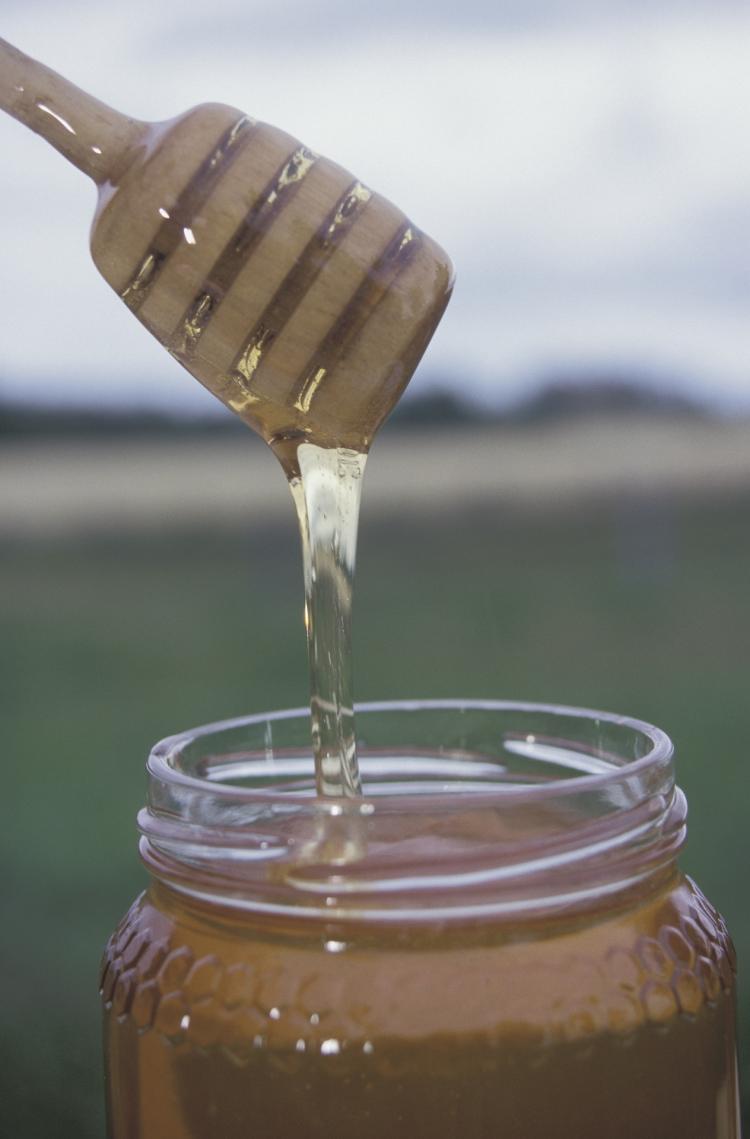How sweet it is! It appears that researchers have struck gold—liquid gold—in their research work at Waikato Honey Research Unit, Waikato University, New Zealand, on the use of honey applied topically to wounds. Research findings confirm that honey, long used in folk medicine, can be more potent than antibiotics and free of side effects.
Peter Molan, Ph.D., professor of biochemistry, heads the Waikato Honey Research Unit. He cites the story of a patient’s wound that had persisted for 20 years. Infected with a strain of bacteria resistant to antibiotics, an English woman’s armpit continually oozed from an abscess long after it had been drained. Nothing seemed to help, and the pain prevented her from working.
In August 1999, she read about the wound-healing properties of honey. She persuaded doctors to apply honey as a poultice to the wound, and a month later the wound was completely healed. She has been able to work since then.
In other tests, scientists applied well-known varieties of honey, such as manuka from New Zealand and jelly bush from Australia. Both are available for medicinal purposes; unfortunately, hospitals rarely use them. The Sydney study confirmed that honey can effectively replace antibiotic wound creams. As one physician put it, “Honey can be considered alternative medicine.”
Several medical studies, including one from researchers at the University of Sydney, have verified honey’s efficacy in healing wounds and curing infections when used topically.
Sydney scientists confirmed what has been known for thousands of years: Honey has profound healing properties. Jars of the liquid-gold elixir have been found in a Pharaoh’s tomb. (One stash, unearthed thousands of years later, was found to be quite fresh.)
The ancient Greeks and other peoples throughout the ages have used honey. Until World War II, honey, with its bactericidal properties, was used in the treatment of wounds. With the arrival of penicillin and other antibiotics in the 20th century, honey’s medicinal properties were forced to take a backseat. But that may soon change.
Australian researchers have disclosed one possible explanation for the potent antimicrobial properties of honey. The University of Sydney Medical School’s Dr. Shona Blair has found that applying diluted honey to a moist wound produces hydrogen peroxide, a known antibacterial agent. The group’s research further demonstrated that honey is powerful even against methicillin-resistant Staphylococcus aureus (MRSA).
Scientists are still trying to get to the root of honey’s germ-fighting properties and speculate that one of honey’s components, methylglyoxal, modifies other components in the honey, thus preventing bacteria from triggering the release of new, honey-resistant strains. Thus far, their specific research has used honey harvested from bees that frequented tea tree bushes and trees— shrubs and trees of the genus Leptospermum, which is native to Australia and adjacent areas.
Honey applied topically is also known to reduce edema. Edema increases the deterioration of purpuric skin lesions that may lead to necrosis. Honey applied in the early stages of meningococcal skin lesions may be helpful. Additionally, reports of honey’s effectiveness in the treatment of gangrene suggest it could play a beneficial role in reducing the number of amputations resulting from meningococcal septicemia.
When used on burns, honey reduces scarring. I can attest to this from my own experience. During a recent cooking stint, carelessness on my part resulted in my developing a huge blister on one of my fingers. Though I did not have bee honey that was a product of the tea tree shrub, I smeared fireweed honey on the blister. The burning subsided within a few minutes, and the next morning the blister had disappeared without a trace.
Never underestimate the healing powers of remedies derived from nature, like those good old traditional folk cures that have withstood the test of time—in honey’s case, for thousands of years.
With additional reporting by Christina Riveland.
Reference: bio.waikato.ac.nz/honey/
From the above Web site: “The Honey Research Unit was set up in 1995, with financial support from the New Zealand Honey Industry Trust ...”






